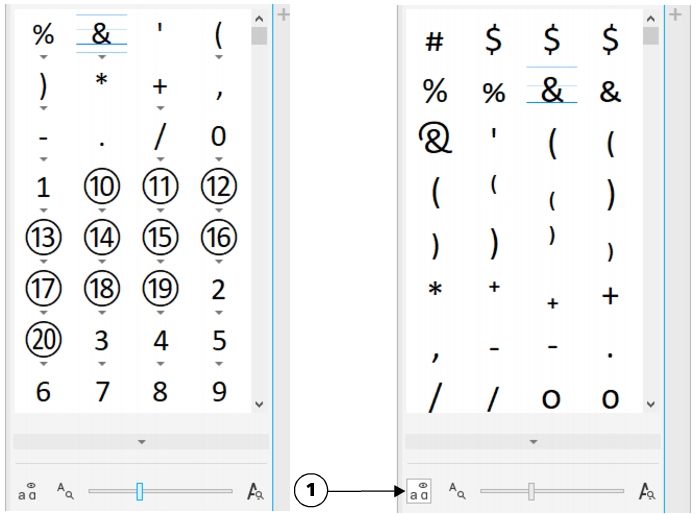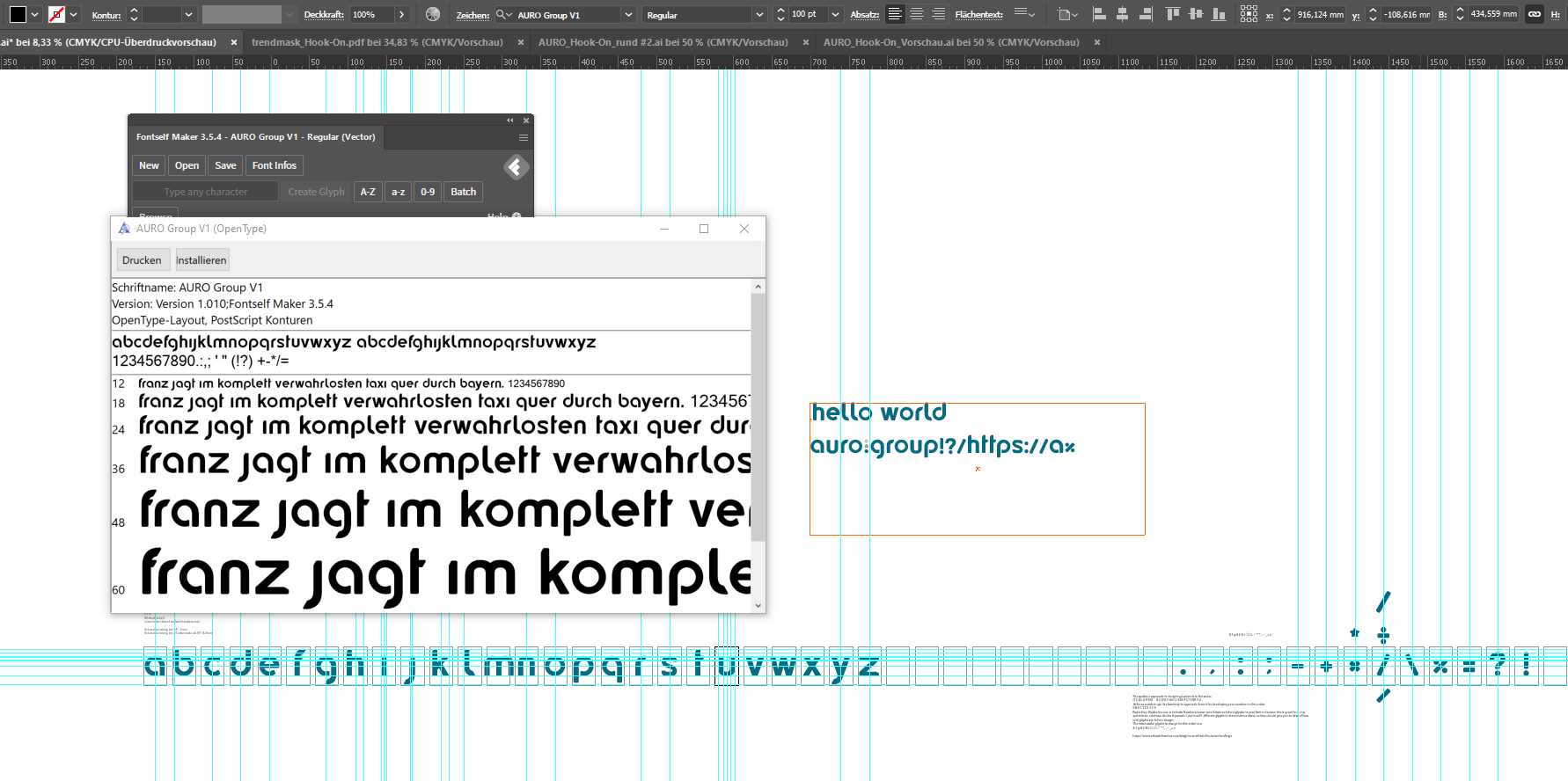

- #OTF FONT GLYPHS DONT WORK HOW TO#
- #OTF FONT GLYPHS DONT WORK PDF#
- #OTF FONT GLYPHS DONT WORK INSTALL#
- #OTF FONT GLYPHS DONT WORK WINDOWS#
They are placed in the same folder as the Ruby file To keep this straightforward, I used the fonts from TTFunk and Prawn libraries. I created a very simple project to replicate the issues. I can create PDFs in other programs using these fonts without apparent portability issues, so I don't think it's an issue with the fonts themselves. OpenType Variable CFF2 fonts use Bezier outline definitions and hinting derived and improved from those used in OpenType CFF fonts. OpenType Variable TTF fonts use quadratic outline glyph definitions identical to those used in OpenType TTF (TrueType) fonts. It's just the glyphs that appear to be wrong or missing. There are actually two flavours of OpenType Variable fonts. In both cases, the text copies out of the document correctly.
#OTF FONT GLYPHS DONT WORK PDF#
#OTF FONT GLYPHS DONT WORK WINDOWS#
The CGS Suites, versions 16 and up, have the newer font rendering engines, which are more in line with todays Windows Systems, and can fully utilize and render the OTF fonts.

And it never had the ability of rendering OTF fonts, especially those with additional glyphs in them. A font may look okay in Ubuntu's document viewer and Chrome, but use the wrong glyphs when the same file is opened in Acrobat on Windows or in Firefox. CorelDRAW Version 12 is about 10 years old, now.
#OTF FONT GLYPHS DONT WORK INSTALL#
Obtain Adobe's AFDKO font tools and install them.
#OTF FONT GLYPHS DONT WORK HOW TO#
Here's how to do it (with the help of answers 1 and 2): If, upon examining a font, you discover that the designer has not provided a stylistic set affecting the one and only one character you have an interest in, then you can create a feature file to get what you want. I keep an Emacs org-mode file with tables of features and sample invocations for each of my fonts however you prefer to keep your notes, you’ll waste a lot of time without notes. So when you acquire a new font, you need to study it and take notes on the features that interest you. A standard that made everything predictable to the user would hem in the unpredictable creativity of designers and fail to reflect the richness of human language and of its representation in type. But the number of stylistic sets possible is limited, and it’s up to the designer to figure out the most useful way to arrange the stylistic alternates in a particular font into no more than twenty sets. And it may make sense to group alternates for different base characters in a single stylistic set for example, a sans serif font may have all its humanist alternates in one set, and its geometric alternates in another. I’ve exaggerated the problem a little, because it would be odd to have separate stylistic sets for A, A with an acute accent, A with a grave accent, etc. Clearly, there can be no universal agreement that ss03 controls this or that, because the possibilities are too numerous. If you still have time left, add the consideration that one font may have three alternate ampersands, two variations on Q, ornaments, etc. Now count the number of characters in human languages. Imagine that everyone agreed to use ss01 for Q, and ss02 for the ampersand. Even if they all used features as they were meant to be used, fonts would still exhibit different behaviors.

It’s not just that some designers misuse calt and other features, or disagree in their interpretation of the specification. There is no general answer to this question, nor could there be.


 0 kommentar(er)
0 kommentar(er)
